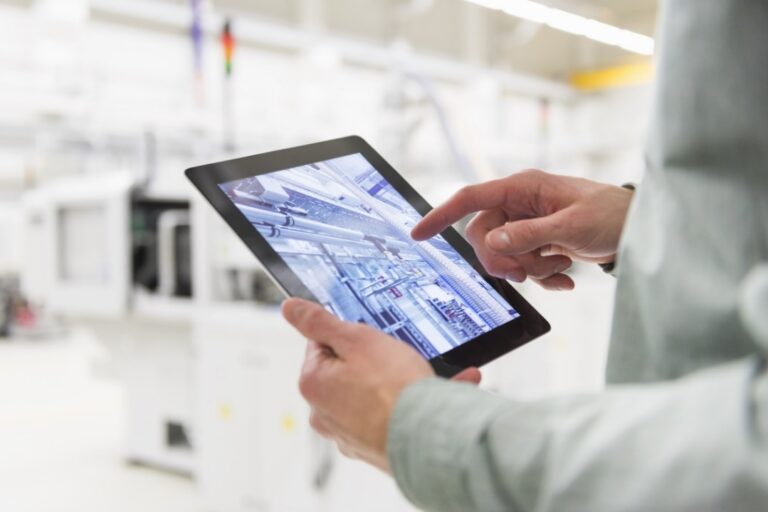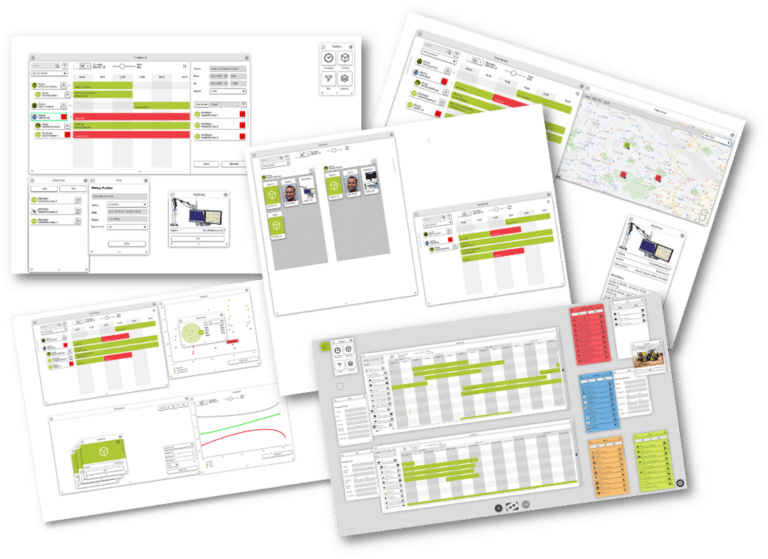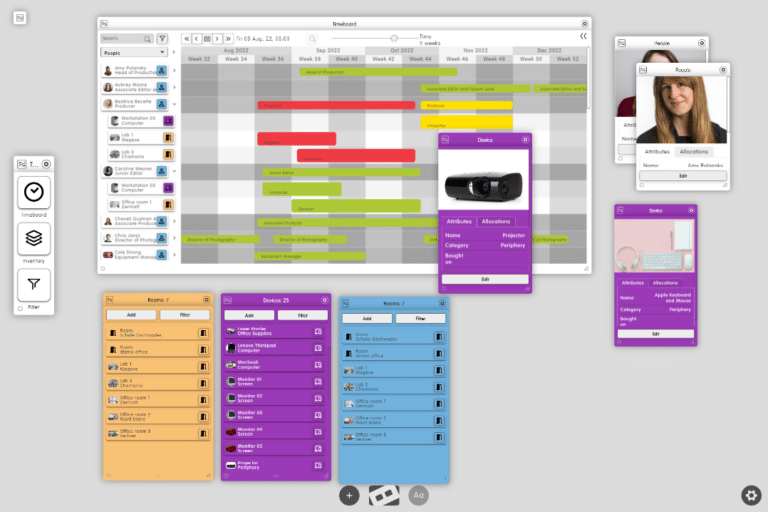PlanisyTM hits the road and sets a new standard for interactivity of resource management SaaS solutions, boosting usability to a whole new level.
Products’ usability: Consumer products set the standard
Whether through touch, voice, gesture, or merely our presence, we expect the user experience from our electronic devices to be smooth. We have increasingly expected and begun to rely on these devices to be intuitive, responsive, adaptive, and autonomous. We also expect systems to seamlessly interact with each other, and data to freely flow from one device to another.

The increased interactivity of consumer tech has raised consumer’s expectations for how seamlessly tech should work and how well it should work together. Consumers certainly do not expect to have to enter the same data twice or be forced to access it from only one device, or one fixed location, or to experience any sort of device or network (or even people) downtime. We expect every source of data and information to be available 24/7 and to constantly receive the latest updates and notifications. This seamless user experience and integration is taken for granted.
We have reached what we would call a negative level of patience toward information systems and applications, meaning that we have moved beyond zero patience: we now even expect to be “entertained” via an interesting, interactive, or gamified experience. User satisfaction has become the determining factor in the adoption of new electronic devices and applications. Consumers have so many products to choose from and hardware and software product life spans are so short-lived, that if anything does not “delight” us it gets dropped – even if it is fulfilling the tasks and mission it was designed for.
The fact is, consumer products have set the users’ reference in terms of expectations when it comes to product usability, primarily thanks to their extraordinary level of interactivity.
The reality of information systems in the workplace
The big problem here is that, in their working environment, users are often confronted with a different reality. Employees are asked to operate systems which were designed in the previous millennium. They are forced to enter data through cumbersome interfaces, navigate through hardwired processes, jump in between monolithic and siloed software platforms, with poor collaboration experiences, to say the least.
Their ability to search and select the information they need to perform their job is limited to predefined flows, static and often mutually exclusive visualisations, complex parameter settings, long and nested pop-up menus and incomprehensible system feedback. According to a recently published Gartner paper, 67% of employees still feel that the technologies they use for work require more effort than they should.
Of course, the constraints of professional environments, in terms of security, regulations, data size and sources, adherence to processes and procedures, are such that most consumer solutions cannot be directly applied to working environments and their platforms. Nevertheless, in workplace app usability, the conclusion is that what used to be ahead of its time in terms of performance, quality, ease of use and innovation (think Blackberry vs. consumer mobile phones 15 years ago) now lags sorely behind its consumer counterpart, and the gap is growing.
Planisy, the interactive booster of usability
This is why we invented Planisy, a fully interactive SaaS solution for resource scheduling, powered by dizmoTM. Our objective? To close the gap between users’ needs and existing resources management systems, as simple as that. Ambitious? Certainly. Possible? Yes. How? Planisy relies on dizmo’s patented technology and techniques to deliver a truly interactive workspace.

With the word “truly”, we mean a workspace where data sources interact with users and with each other, where digital objects can be modularly dropped in and be instantaneously operational, and where users can interactively navigate within a zoomable and virtually infinite workspace. A place where they can add and use multiple synchronised instances of the same digital objects, manipulate them freely and rapidly focus on what they want. Within Planisy and its workspace, interactivity acts as a usability booster, which means heightened efficiency, enhanced effectiveness, and a gigantic jump in user satisfaction.
Resource management and Planisy
When it comes to resource management in the new digital world, users need to deal with a plethora of resource types, physical and digital, and operate in a fast-moving and ever-changing environment. Customers’ demand, availability of resources, delivery of materials, internal and external unexpected events, business constraints and human factors are all variables which continuously evolve and impact the company’s operational performance and their ability to deliver products and services.
Planisy belongs to a new class of products whose interactivity allows us to address those needs and outperform any of the existing systems available on the market. Users can dynamically filter resources and get a quick view over resource relationships, their associated allocations, and their availability. Drag and drop them over one of the scheduling views of Planisy for an immediate and intuitive visual feedback about potential resource conflicts. Interactively adjust and optimise their assignment, or replace them, via 1-swipe outcomes. When needed, dynamically change business rules on-the-fly, and add or modify resources and their attributes as your requirements grow. It is easy and it is fun.

In a world where usability is monetised and user expectation defines adoption rates, exacting every benefit possible from your digital tools is an imperative.
Get better decisions faster, with Planisy.